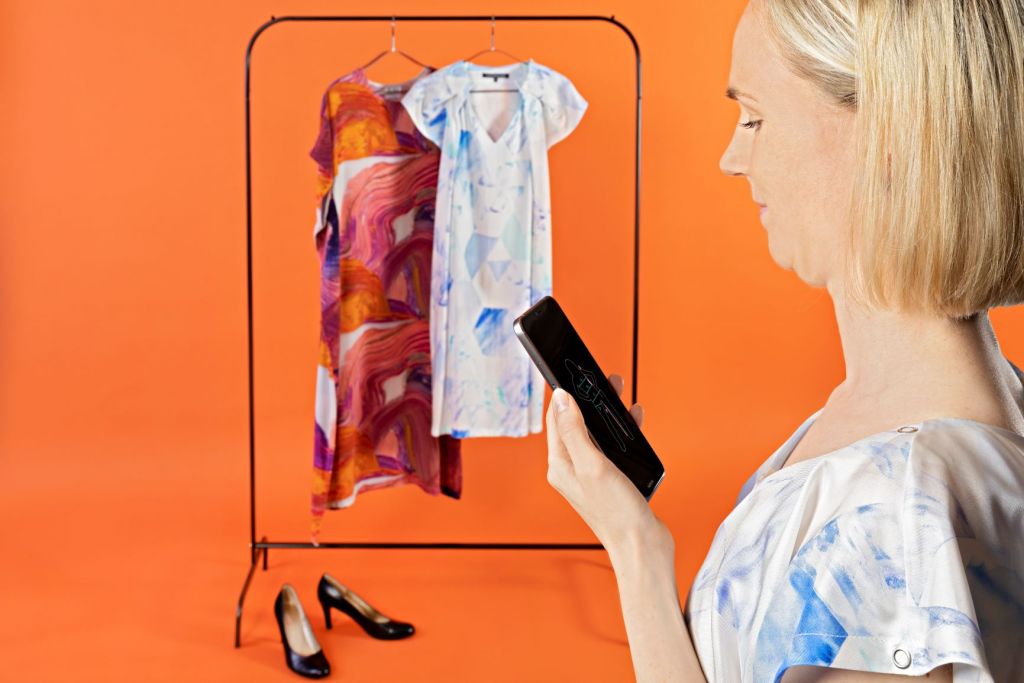The Clothing as a Service business model presents a sustainable option for consumers

In the transition to circular economy, all responsible and sustainable ways to extend the life of a product are welcome. One of the system-level changes is the transition to the clothing as a service (CaaS) business model. Clothing as a service means that instead of selling clothes to a consumer, a service for using clothes is sold.
In the transition to a circular economy (CE), all responsible and sustainable ways to extend the life of a product are welcome. One of the system-level changes is the transition to the clothing as a service (CaaS) business model. Clothing as a service means that instead of selling clothes to a consumer, a service for using clothes is sold.
The current revenue generation model for textiles is based on product sales. For companies, this means that the bigger their sales volume is, the more revenue comes to the company. Clothing as a service, on the other hand, is the basis for extending the life cycle of clothing, for example by renting it. The longer the garment stays in circulation, the higher the profit and the less material and energy is required.
The transition to the clothing as a service model will increase demand for clothing maintenance and repair, it will support local employment and Finnish production as quality becomes more important than price. It has been calculated that using clothing as twice as long can save 44% of the environmental impact.
For the above reasons, the development of the clothing as a service business model is an important research and development target in the Telaketju network. As one of the key questions, we wanted to understand, what value and/or sacrifices does a responsible CE clothing as a service business model produce for the different stakeholders (Antikainen et al. 2020 [1]).
In March, we held a virtual workshop for to look for answers to this question. One of the companies already operates with the clothing as a service model and offers the service with a monthly membership fee. Another company sells workwear and plans to implement the clothing as a service model in their business. The third company currently sells clothing to consumers and offers some of their clothing as a service through partners.

Systemic change
Using a clothing service instead of buying a garment also requires consumers to change their mindset and understand what new value clothing as a service can and cannot produce for them. For some, the ingrained idea of the importance of ownership and the status value that comes with it can be a barrier for moving to the service.
However, consumer thinking has already changed dramatically. Ease, flexibility, and environmental values are more and more starting to affect consumer decisions. Which also contributes to the increasing popularity of the clothing as a service -business model.
Attractive model
Central to the attractiveness of the clothing as a service -model is understanding how to create value for consumers from start to finish. The Clothing as a Service model can create a wide range of benefits for customers, such as financial, practical, emotional, and social benefits. A big opportunity that several of the business model practicers have yet to exploit is, e.g., services involving personal services and improving communality of the consumers.
In our study, in addition to value creation, we also added to the discussion the losses or sacrifices that the service may cause for the customer. The research renews the old customer value perspective by adding new perspectives: the environment, society and other key stakeholders within the company. One of the challenges of the clothing as a service -model is to assess the impact on the environment and society. For instance, creating a positive impact on local employment can have dramatic opposite effects elsewhere, as the value chains of the textile industry are currently very global. We need to take a holistic approach to impact assessment. As a result of our research, we found out that this broad perspective is necessary in implementing circular economy -business models.
Henna Knuutila, Turku AMK
Maria Antikainen, VTT
